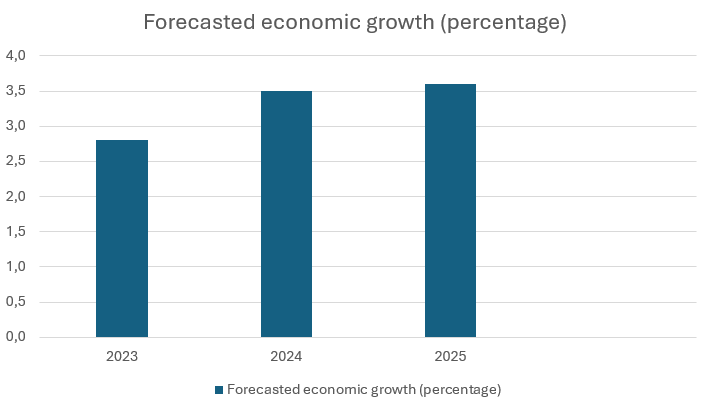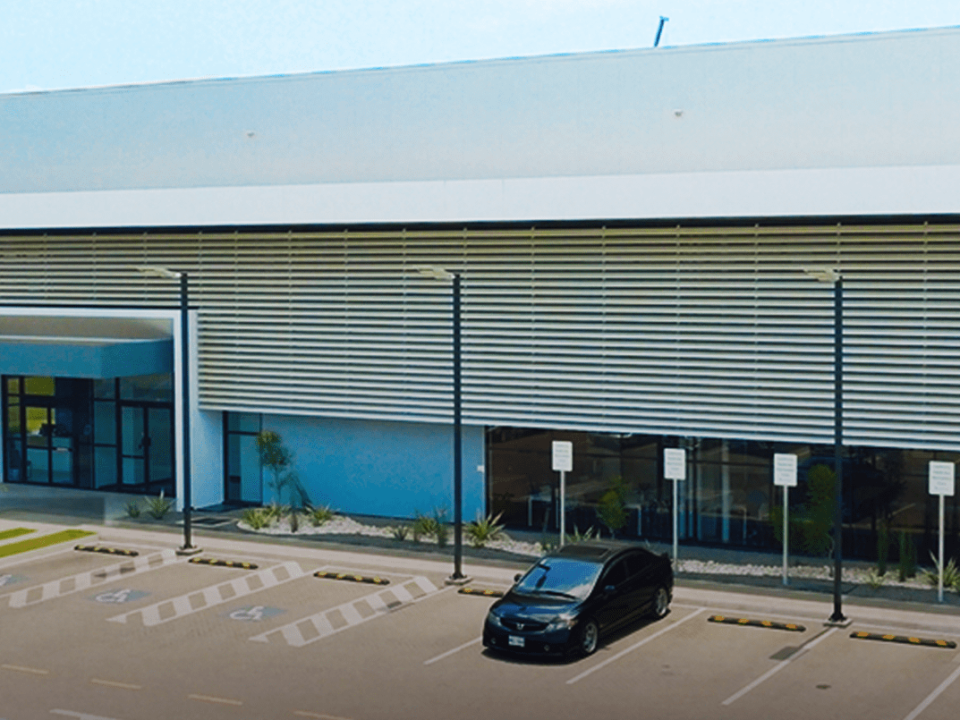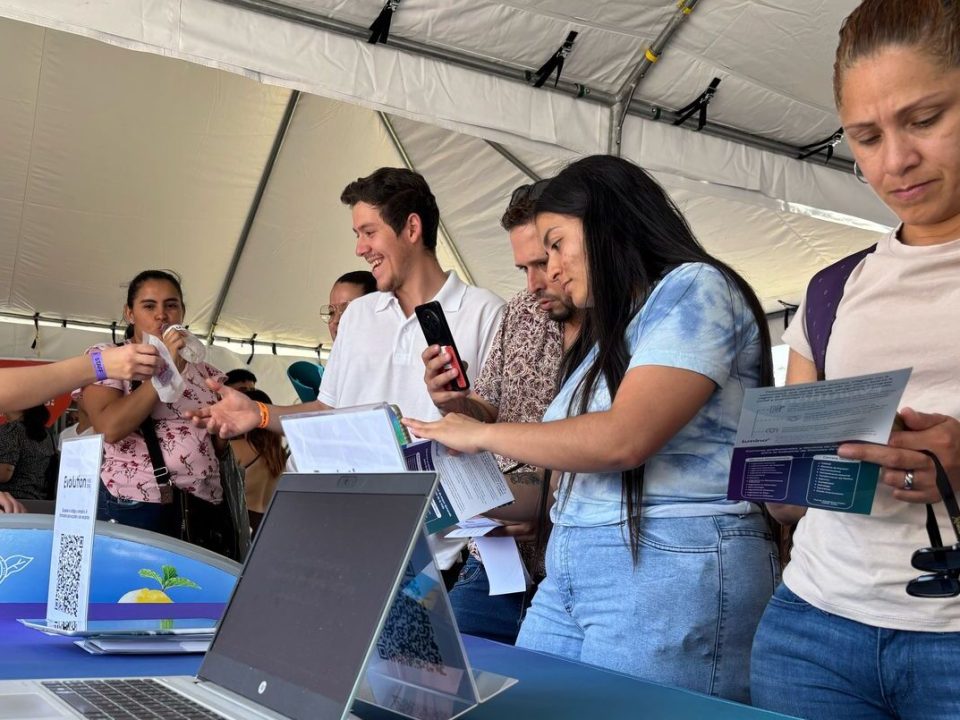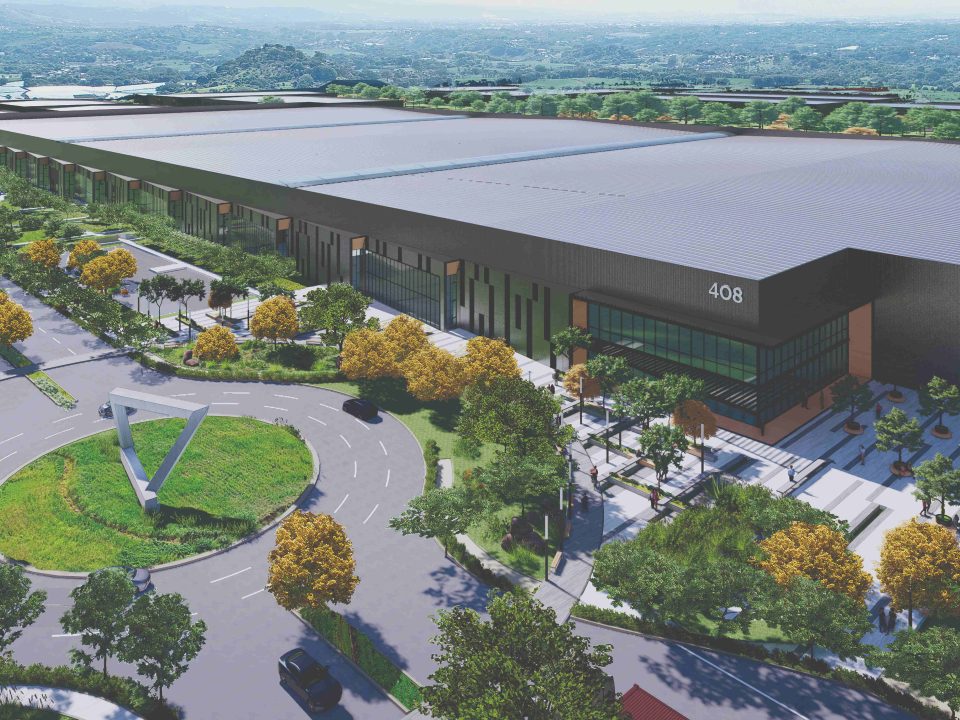

News

What would the future of Free Trade Zones look like?
1 de May de 2024
Evolution Free Zone plants 170 native trees to reinforce habitat for flora and fauna species in the western part of the country
13 de June de 2024Evolution Free Zone is a propeller for investment, as it favors all the conditions of Costa Rica’s economic activity growth
May 2024. Free Trade Zones (FTZs) are becoming increasingly popular as countries embrace their benefits, from economic diversification to streamlined business operations. According to the World Free Zones Organization (WFZO) , there are now more than 7,000 free zones worldwide.
Adrianople Group, an advisory firm focused on Special Economic Zones, reports that there are 4,921 active zones across over 90 countries, excluding those with just one tenant. Additionally, 750 of the active zones are currently under construction.
FTZs have a universal appeal, with policymakers recognizing their flexibility as an economic development tool. Developing countries leverage this model for import substitution, economic diversification, and to create a more attractive regulatory environment for foreign investors. Even countries where progress in this area has been slow, like Iran and Venezuela, are turning to FTZ programs to increase investment and trade.
Neutral Countries Leverage Geopolitical Tensions and Nearshoring
Countries that maintain a neutral stance in geopolitical tensions and welcome investment from diverse sources are in a strong position to attract companies looking to relocate. For governments aiming to improve their business environment, Free Zones offer a unique opportunity to provide one-stop-shop services, reducing bureaucratic hurdles for businesses.
These geopolitical factors, combined with the restructuring of supply chains post-pandemic, are driving firms to de-risk operations through nearshoring—relocating closer to target markets—or friendshoring, moving to allied countries. For companies in these situations, Free Zones offer a way to reduce the time, cost, and complexity of relocation.
Furthermore, Free Zones can be the only option for manufacturers, as many mainland laws restrict the import of used or older equipment, while FTZs do not impose such limitations.
FTZs in Costa Rica: A Role Model for Economic Development
Costa Rica’s Free Trade Zone Regime is becoming a role model for economic development, with other industries seeking to extend its benefits to additional sectors. The special regime, which exempts companies from income tax, saw economic growth reach 15.3% by July 2023, resulting in thousands of new jobs for Costa Ricans. This success may lead to further strengthening or expansion of the regime, especially as the country seeks to recover employment and stimulate economic growth.
While Costa Rica’s forecasted growth for 2024 is encouraging, with a rate of 3.5% for 2024 and 3.6% for 2025 according to the Organization for Economic Co-operation and Development (OECD), the country is struggling to transform this growth into accessible job opportunities due to a lack of a trained workforce suited to the demands of incoming companies.
Free Zones can help fill this talent gap through partnerships with educational institutions, public entities, and Dual Education programs that align with industry needs.

Free Trade Zones are growing in Costa Rica
Growth is expected for the Free Trade Zone regime, with Grecia, Alajuela, and Cartago concentrating 60% of the new investments. 25% is going outside the Greater Metropolitan Area, where Evolution Free Zone is located.
With more companies looking for land in remote locations, rural markets must prepare for a more dynamic economy in 2024. It will be critical to work coordinately with local governments and investment groups to provide the necessary services, so that the new companies can operate smoothly.
The exchange rate is another concern on the horizon, as most of the companies opting to operate in the special regime earn their revenues in this currency.
The strength of greenfield investments will depend on factors such as price per square meter, job creation, accessibility, and human capital, among others.
Evolution Free Zone is a propeller for investment, as it favors all the conditions described above and even more. For example, it offers Future-ready operations aligned with the latest technological requirements and global ESG standards.




